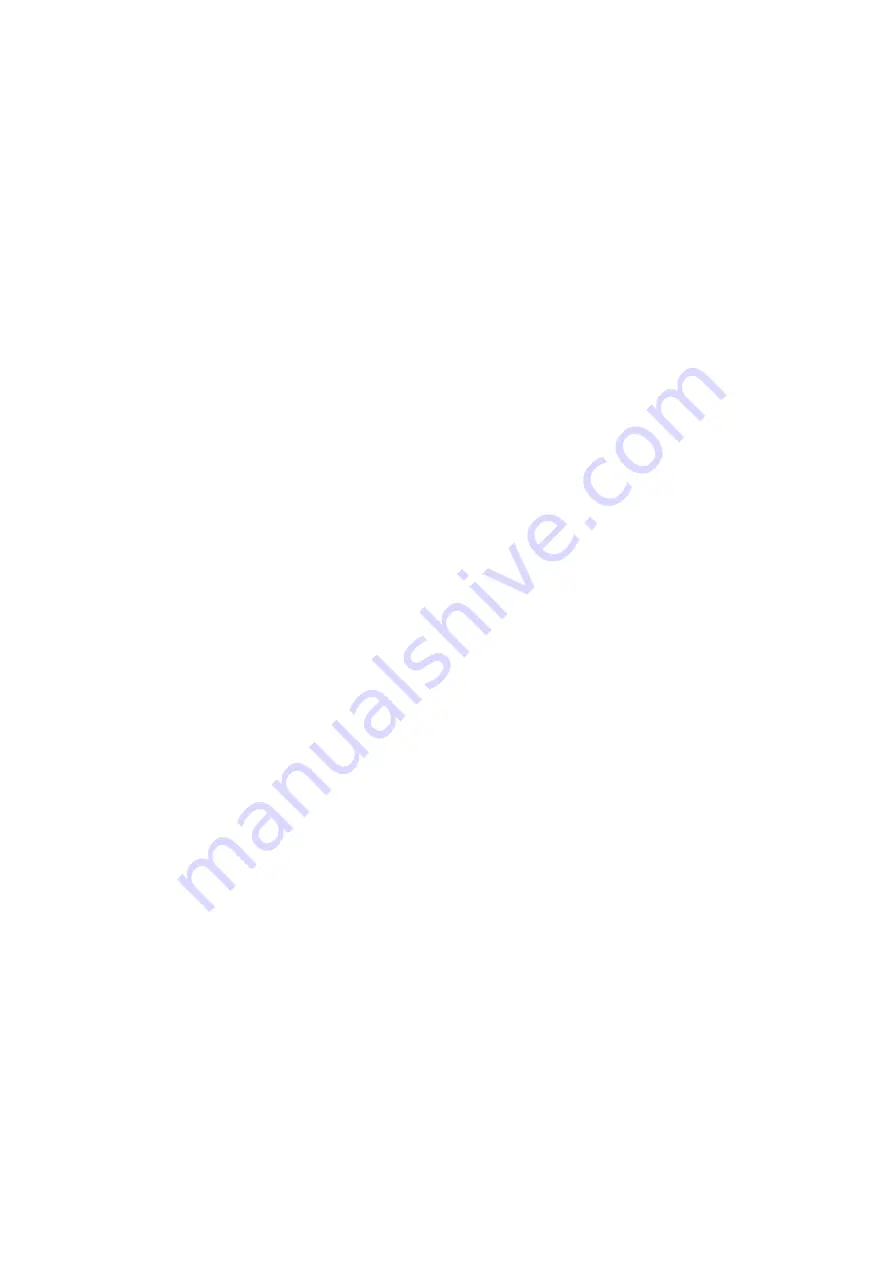
- 138 -
Q.
My monitor has a blank/black screen and doesn’t appear to be working even though the
power is on, what should I do?
A.
You can try to re-engage the monitor by holding down the Ctrl+Alt+F1 keys.
Q.
I’m not sure when I should use a Classification and when I should use a Library. Can you
provide an example of the use of the Classification and Library Windows?
A.
A good way to describe the use of both Classification and Library files is to outline a typical (and
intended) use of these features. An example is an oceanographic cruise where the ship is scheduled to
visit 10 research stations. At station I, you collect a water sample and analyze it with the FlowCAM.
During the transit from station I to station II, you classify all of the particles imaged into species A, B,
C, etc. You do the same for stations II and III. Then, you pool all of the images collected for species A
at stations 1, 2, and 3 into a single library. You pool all of the other classified species into individual
libraries the same way.
At this point, you have a library for each of the species, comprised of images that were captured at
multiple stations (providing a larger data base of images). After collecting another sample and
analyzing it at station IV, you can now sort your data by using the characteristics of each library (using
them as filters). Note that when using a library for filtering, it is recommended that you only have 10-15
organisms in it to avoid introduction of error. Then, after refining these library-selected classifications,
you would add these images (for species A, B, C, etc.) to their respective libraries. As you repeat this
procedure at each station, the libraries you are using as filters grow in size and become better at
recognizing (classifying) species.
Q.
How do I create a Statistical Filter from a Library of Images?
A.
Follow the procedure below to create a Library (if necessary) and then a Statistical Filter.
To create a Library:
1. Main window: File > Open List
2. Main window: Edit > Show All Data [or F3]
3. Main window: Edit > Open View Window [or F2]
4. View window: select (highlight) 3-5 like particles of interest
5. View window: Filter > Like Selected Particles (Statistical) [or F5]
6. View window: select (highlight) all like particles of interest
7. View window: Edit > Delete Images NOT selected
8. View window: File > Save as Library > name, then click the Save button
9. Close the View window
To use a Library to create a statistical filter:
10. Main window: File > Open Library Window > open library saved in step 8
11. Main window: Edit > Open View Window [or F2]
12. View window: Filter > Like Library Particles (Statistical) From > select library
13. View window: Filter > Filter Dialog
14. Filter Dialog window: ensure that "Use Statistical Filter" and "Auto-Select Particles" are the
only check boxes selected under the “Options” section (display if hidden)






















